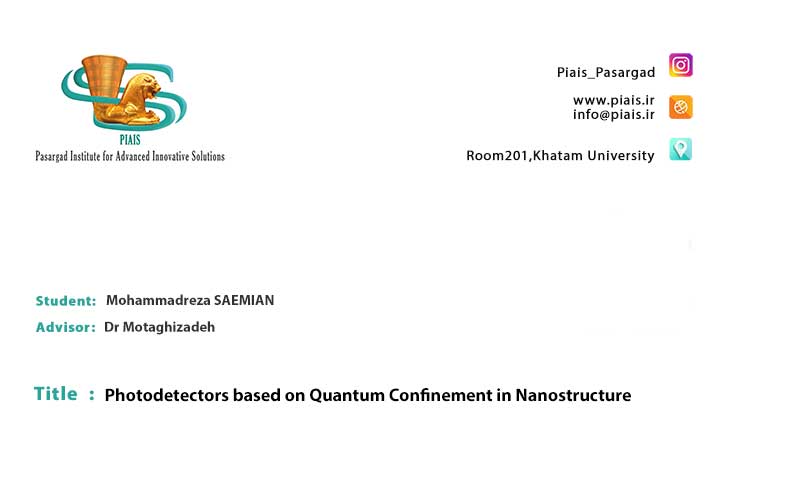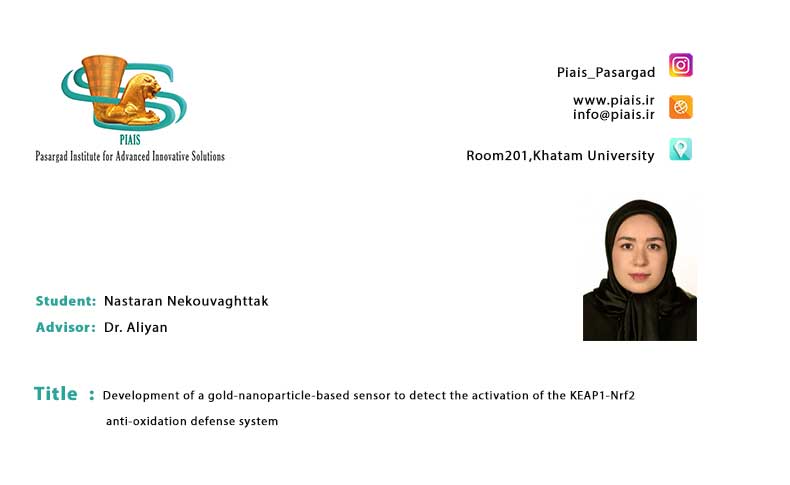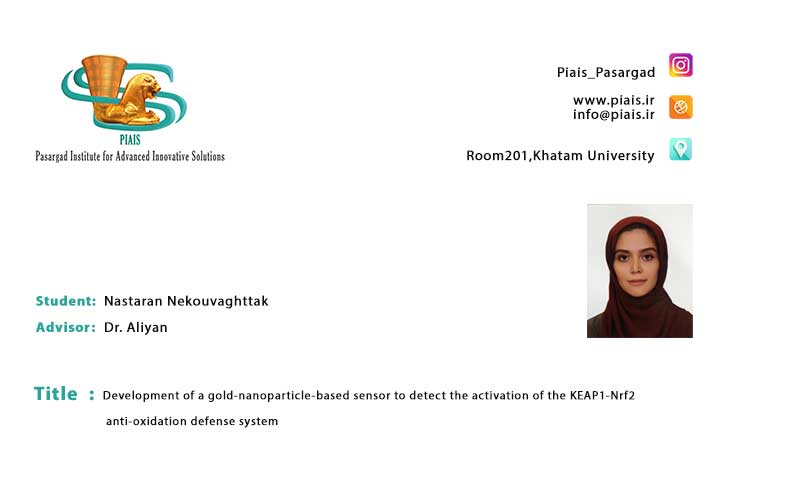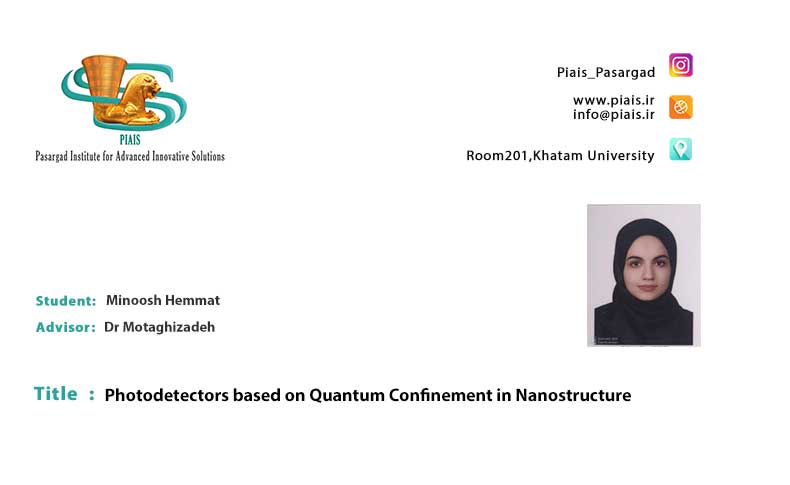
Photodetectors based on Quantum Confinement in Nanostructure
Photodetectors which are used primarily as an optical receiver to convert light into electricity play a critical role in many current and emerging technologies. Sensing systems for biotechnology, telecommunications, medicine, atmospheric studies, and the physical sciences are all impacted by the capabilities and limitations of semiconductor-based photodetection technology. Infrared photodetectors are based on nanocrystal and quantum confinement. Recent developments have categorized infrared photodetectors into two major groups, namely quantum dot infrared photodetectors(QDIP) and quantum well infrared photodetectors(QWIP). Application of NCs for photon detection is receiving steadily growing attention. The progress in this direction is driven by the unique opportunities given by the size-tunable NC electronic structure, NC surface chemistry, surface trap engineering, compositional flexibility, and the possibility to manufacture devices using inexpensive solution processing. QDIPs, in which electrons are confined in all three directions, are positioned to become an important technology in the field of infrared detection, particularly for their high temperature and low-cost applications . The responsivity of QDIPs can be much higher than the responsivity of QWIPs, however higher responsivity is inevitably accompanied by higher dark current. In QWIPs, in which quantum confinement is in one direction, wavefunction engineering using intraband transition is the most versatile strategy for the design of infrared devices. To date, this strategy is nevertheless limited to epitaxially grown semiconductors, which lead to prohibitive costs for many applications. However, they have shown great detectivity and can cover a wide frequency range from MidInfrared (MIR) to TeraHertz (THz). We present here our theoretical study on the quantum well infrared photodetectors, our work on the characterization of quantum dot infrared photodetectors by using probe station and the manufacturing steps of probe station.
Relations Post

Evaluating the electronic effect of the pyridine ring on the dual light switching effect of [Re(CO)3(dppz)(Py)]Cl
Learn More

